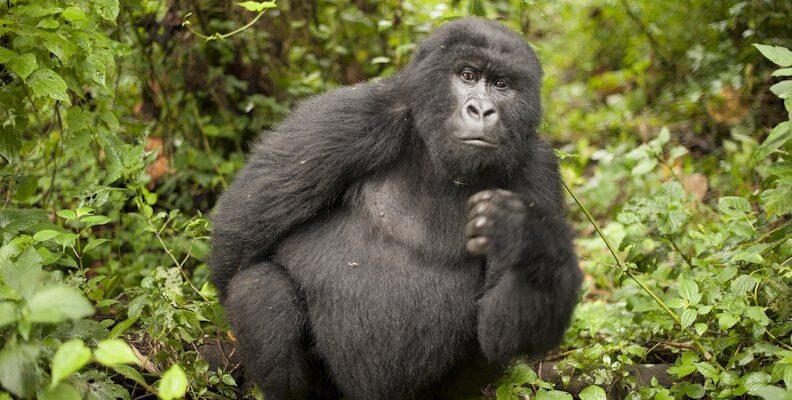Virunga National Park
Virunga National Park is Africa’s oldest nature reserve, located in the Democratic Republic of Congo, on the border with Rwanda and Uganda. The conservation area was established to protect the eastern mountain gorillas, which are considered locally endemic. Virunga Park covers an area of 7,850 km². It offers a variety of African landscapes – wet forest and wetlands, grassy savannahs and green bamboo thickets. Spacious plateaus are spread out on volcanic mountains, and glaciers and snowfields are preserved on the peaks.
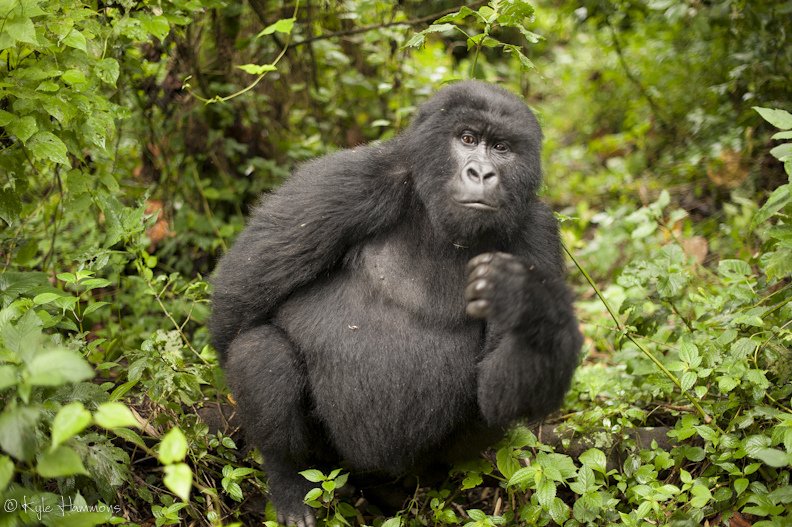
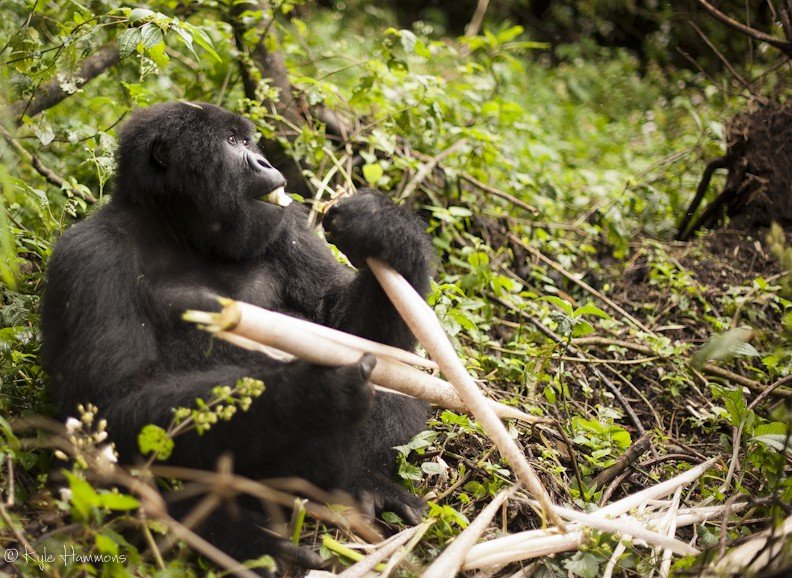
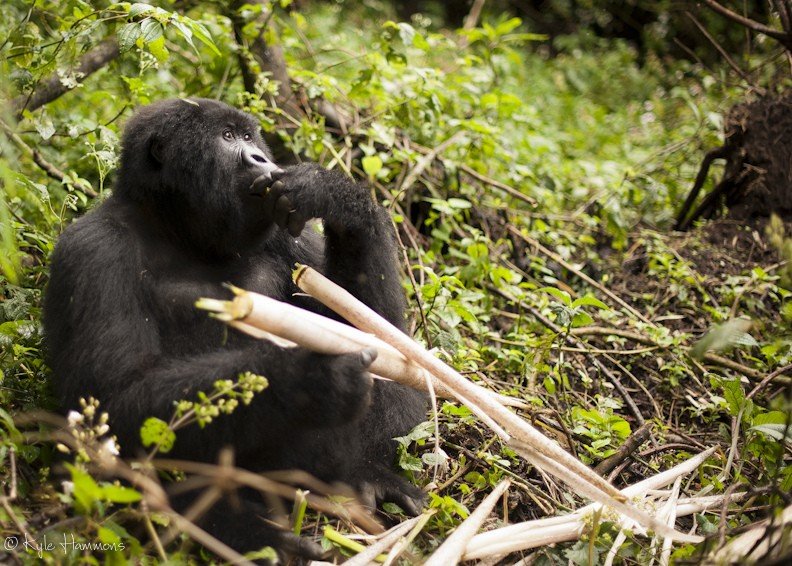
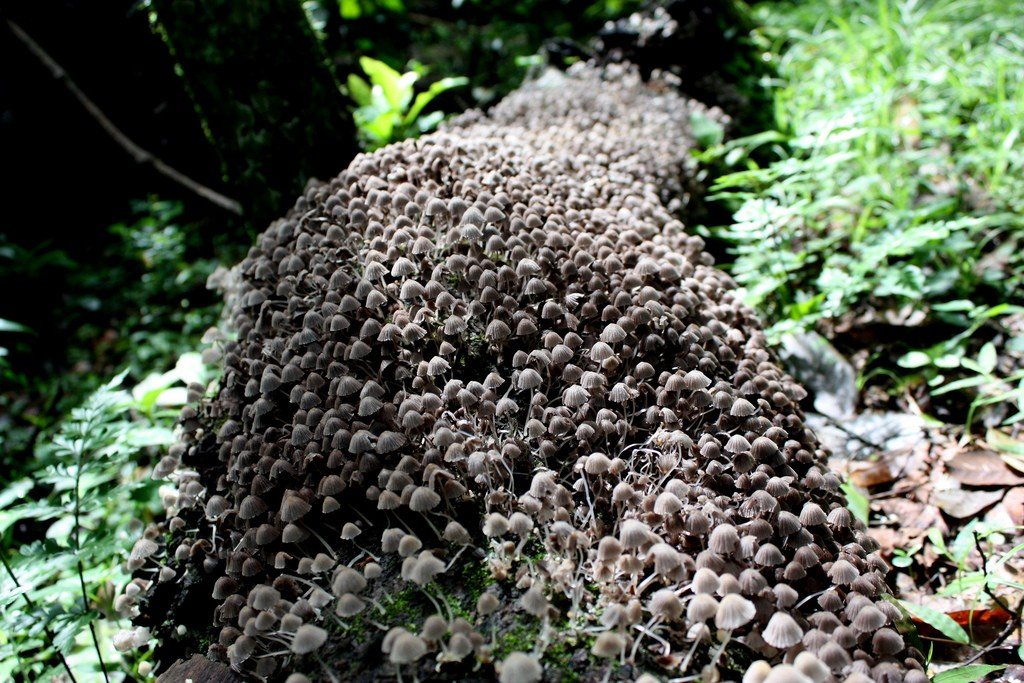
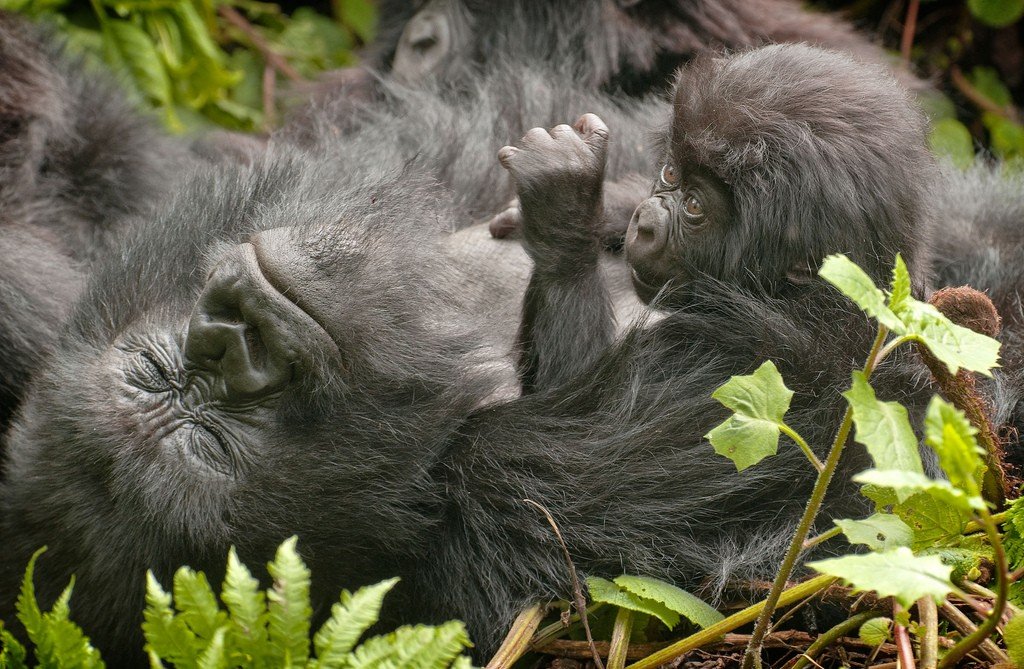
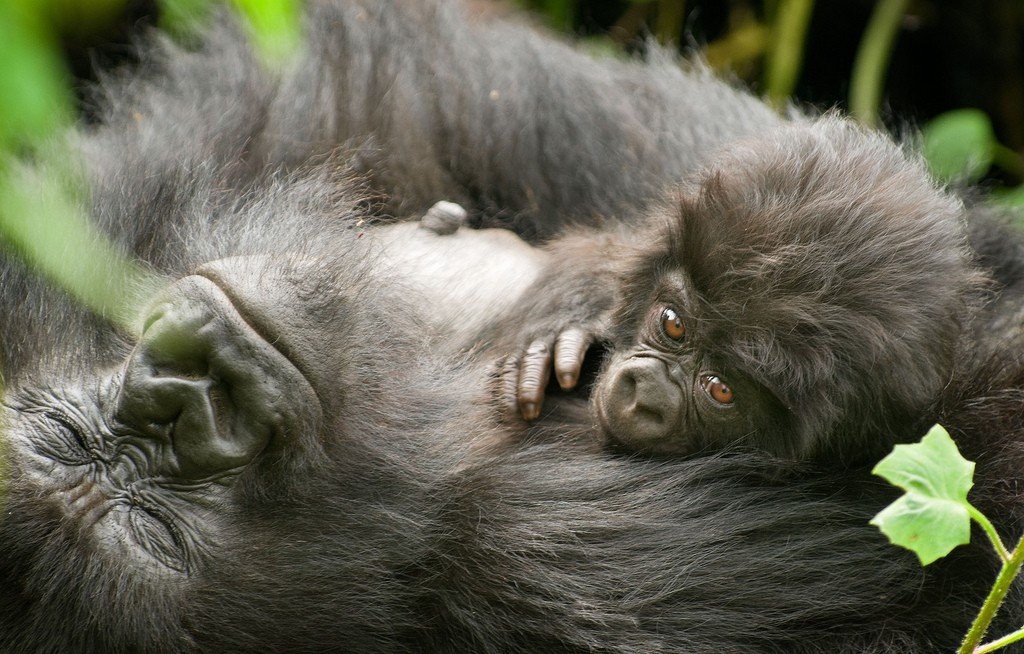
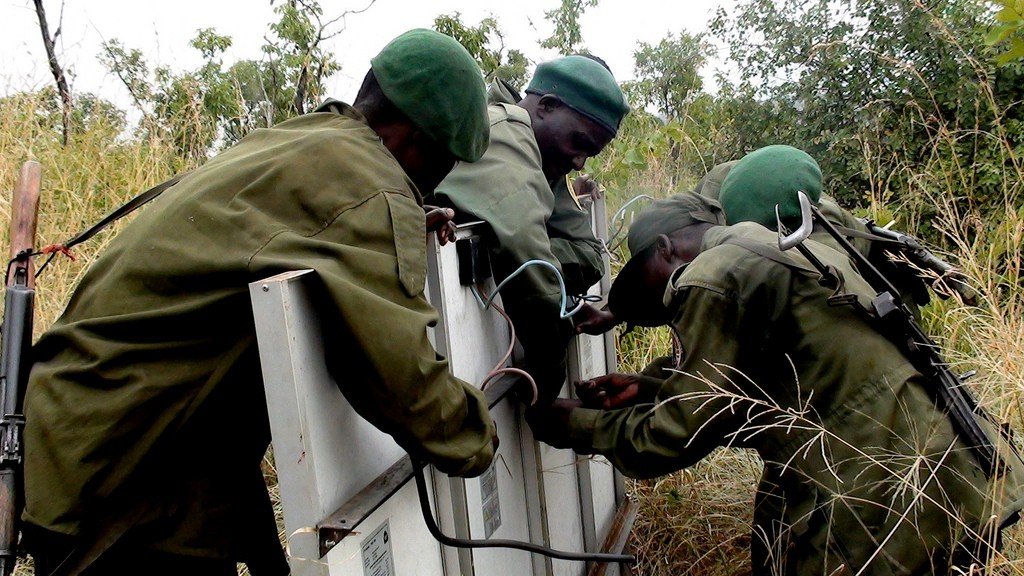
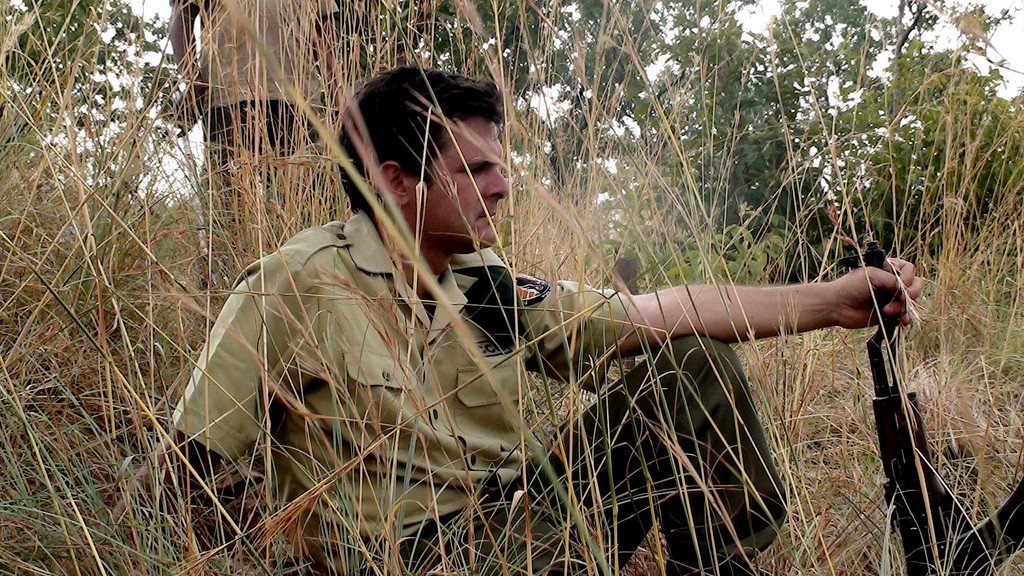
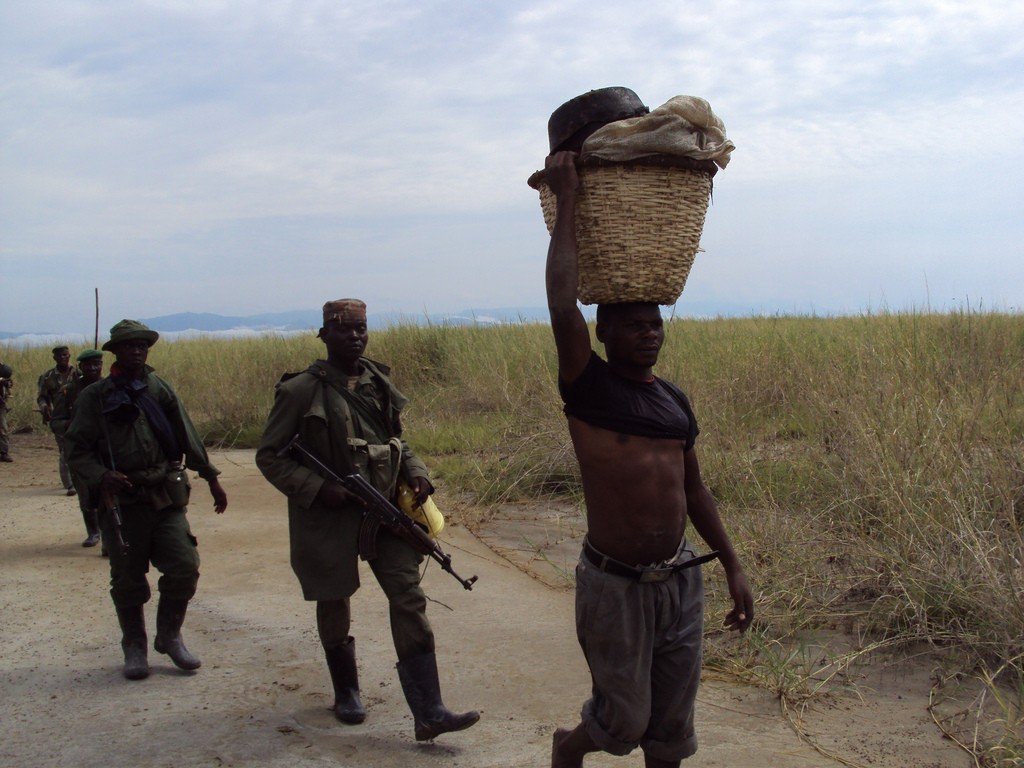
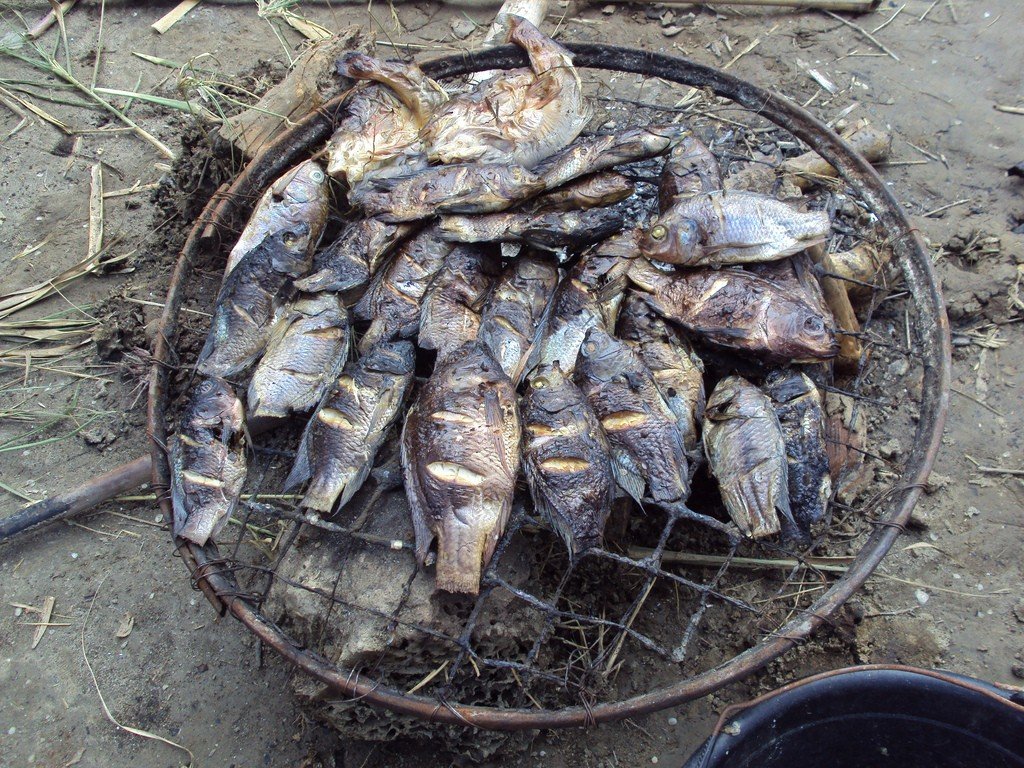
Video: Virunga National Park
Contents- Highlights
- History of Virunga Park
- What you can see in the national park
- Current issues of Virunga
- How to get there
Highlights
Today, there are seven families of Bering’s mountain gorillas in Virunga. A major contribution to the study of this endangered species has been made by the eminent animal behaviorist Diane Fossey. She lived with mountain gorillas for 18 years and was killed by poachers in 1885. Unfortunately, today, due to the protracted ethnic conflict with Rwanda and poaching, the existence of the conservation area is threatened. Experts recognize Virunga as the most endangered reserve on the planet.
.Despite the serious problems, the national park is open year-round for tourists. Travelers are offered off-road safari tours, hiking trails with English- or French-speaking guides, climbing volcanoes and canoeing on rivers.
.History of Virunga Park
Early last century, Captain Oscar von Beringe was hunting near Mount Sabinio and shot a large male gorilla. He was surprised, as the popular belief was that gorillas only inhabited West Africa. The captain speculated that the dead primate might be an entirely new species. The animal’s skeleton was taken to Germany, and German scientists determined that a new subspecies of gorilla already known to science had indeed been found in Virunga. It was named the Bering’s gorilla in honor of the German officer.
.
In 1979, UNESCO designated Virunga National Park as a World Heritage Site, but unfortunately these measures did not improve the protection regime. Civil conflict in Rwanda led to a flood of refugees into Congo and armed rebels took control of the surrounding lands.
.What you can see in the national park
The reserve stretches from the middle Semliki River valley to Lake Kivu. Its northern part is occupied by the Semliki River and the snow-capped Ruwenzori Mountains. The center of Virunga Park encompasses the spacious plains of Ishasha, Rutshuru and Rwindi, as well as the picturesque Lake Edward. The southern part of the conservation area includes the Virunga Plateau and volcanoes.
Virunga National Park taxes extensive wetlands. They are notable for the flocks of birds that gather here each year to winter, most of which come from Siberia.
.
Modern problems of Virunga
Today, people living around the park are very poor and have no jobs. People have many firearms on their hands, so poaching is rampant in the reserve and some parts have become dangerous for patrols. For these reasons, in 1994 UNESCO listed Virunga National Park as one of the planet’s biosphere reserves on the verge of extinction.
.
Thanks to the reserve’s staff, the endangered gorilla population was able to increase during a period of stability that lasted from 1994 to 2004. Then came another round of political and military conflict in the region, and poaching rates skyrocketed.
>
Virunga Park used to be home to many savanna elephants, giraffes and buffalo. The beautiful landscapes were inhabited by several species of antelope, warthogs, groups of chimpanzees and okapi. The shores of Lake Edward were home to hippos. However, less than 5% of the hippopotamus population remained during the war effort (2006). Between 1959 and 2006, the number of buffalo decreased from 128307 to 3822 animals, and savanna elephants decreased from 3425 to 348 individuals.
.
The total damage caused by illegal logging, an unstable political environment and poaching is difficult to calculate. Suffice it to say that since 1994, more than 120 reserve staff have been killed trying to preserve the reserve from illegal land grabs and unauthorized hunting.
.
How to get there
Virunga National Park is spread out in the northeastern part of the Democratic Republic of Congo. The nearest town, Musanze, is an hour’s drive from Rwanda’s capital city of Kigali. Musanze is built at the foot of the Virunga Mountains. There are hotels in this town and it is possible to take a cab to drive 12 km to Kinigi, where the entrance to the park is located.
.